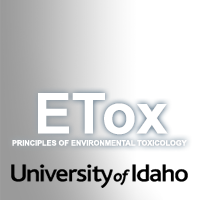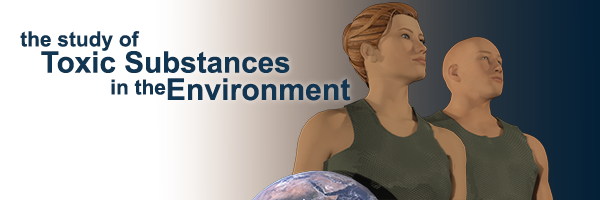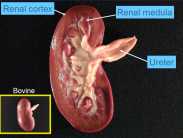

Lecture 8 - Biotransformation
See Lecture Schedule for Delivery Date
Learning Objectives
- Explain the role of biotransformation in toxicokinetics.
- Describe how biotransformation facilitates the elimination of toxicants or their metabolites from the body.
- Distinguish between Phase I and Phase II biotransformation reactions.
- Define bioactivation or toxication.
- dentify the tissues responsible for biotransformation reactions.
- List the factors affecting biotransformation in humans.
- Summarize the role of elimination in toxicokinetics.
- Describe processes occurring in the kidney, liver, and lung as related to the elimination of toxicants.
Listen online or Download here
Advance Reading
- Richards, pp 152-157; pp 159-174
- NLM Toxicology Tutor Biotransformation
- NLM Toxicology Tutor Aldicarb in Watermelons
Resources
Keywords
- Anabolism
- Bioactivation
- Biological half-life (t1/2)
- Biotransformation
- Catabolism
- Conjugate
- Conjugation reactions
- Cytochrome p-450
- Cytosolic enzymes
- Detoxication
- Enterohepatic loop
- Fecal excretion
- Glomerular filtration
- Glucuronidation
- Hydrolysis
- Intestinal excretion
- Ionized molecules
- Metabolism
- Microsomal enzymes
- Nephrons
- Oxidation
- Phase I biotransformation
- Phase II biotransformation
- Reabsorption
- Reduction
- Secretion
- Sulfate conjugation
- Toxication

ETox is licensed under a Creative Commons Attribution-NonCommercial-NoDerivatives 4.0 International License.
